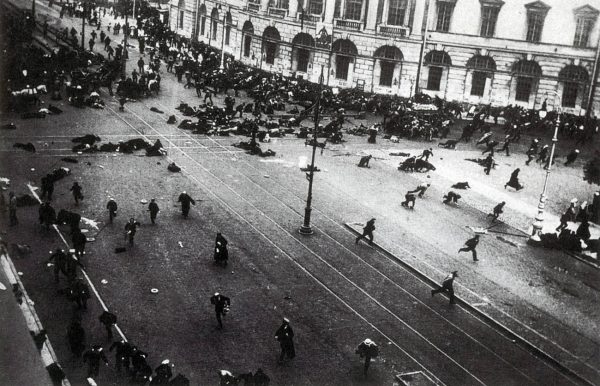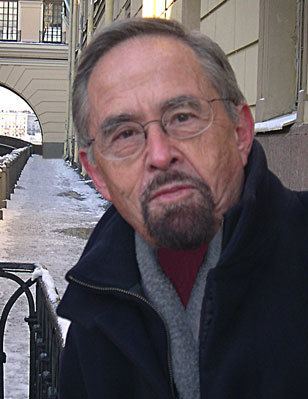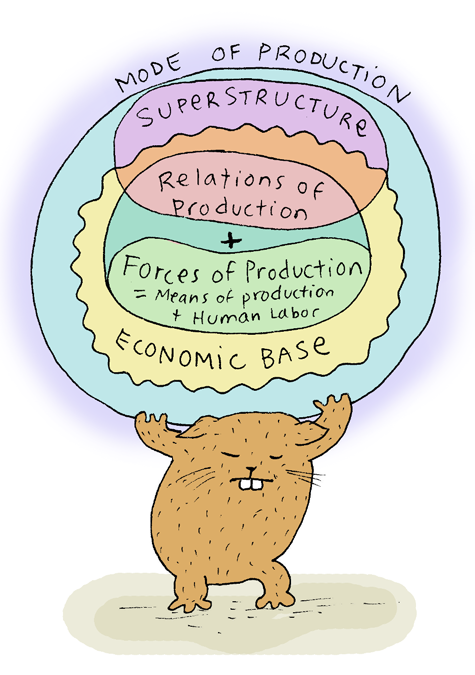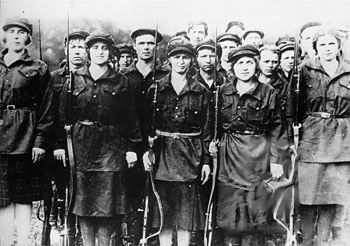My father, the eminent Russian-born physical chemist Eugene I. Rabinowitch, founder and long-time editor of the Bulletin of Atomic Scientists, was a student at Petrograd University at the time of the February 1917 revolution that toppled Nicholas II and brought the Western-oriented Provisional Government to power. Many decades later, he would recall his excitement as he and his classmates celebrated the momentous changes signaled by the overthrow of the old regime. No doubt he concurred with the rosy assessment of the Provisional Government by the long-time American consul-general in the Russian capital, John Harold Snodgrass, in the aftermath of the February events. As Snodgrass put it in the New York Times of Sunday, 25 March 1917: “Nowhere in their country could the Russian people have found better men to lead them out of the darkness of tyranny… [The members of the cabinet] are to Russia what Washington and his associates were to America when it became a nation”.
Such unrestrained optimism did not last long. Within just a few months, Petrograd was rocked by mass political protests. Carrying flaming red banners adorned with Bolshevik slogans, tens of thousands of armed soldiers and sailors impatient for an end to the war and similarly huge numbers of factory workers angered by the absence of discernable improvement in their daily lives participated in them. By far the largest of these popular explosions was the July uprising (3 – 5 July, Old Style), aimed at overthrowing the Provisional Government and forcing the transfer of governmental power to a national Soviet congress of delegates from moderate socialist-led soviets of workers and soldiers then meeting in Petrograd.
During the uprising, unruly crowds of factory workers and rifle-waving soldiers and sailors vented their anger in the central streets of the capital, surrounded the Taurida Palace (the meeting place of the Soviet congress), and demanded that it take power. “Take power, you son of a bitch!” someone in the crowd screamed as Victor Chernov, a leading socialist and future president of the Constituent Assembly, was seized and thrust into a waiting automobile (Lev Trotsky managed to extricate him).
Estimates of the total number of dead and wounded during the July days in Petrograd ran to four hundred, more than the number of casualties in the capital in the course of the February and October revolutions combined. The uprising ultimately petered out after the Provisional Government released unsubstantiated charges that Lenin, the Bolshevik leader accused of instigating the events, was an agent of enemy Germany and it became known that troops from the nearby Northern front were on their way to Petrograd to help restore order.
Western historians have traditionally viewed the July uprising as a failed attempt by Lenin to seize power and as a dress rehearsal for the successful Bolshevik seizure of power in October. Soviet historians depicted the July events as no more than a peaceful demonstration of popular political demands which the Bolsheviks, united behind Lenin, tried as best it could to hold back. My first book, Prelude to Revolution: The Petrograd Bolsheviks and the July 1917 Uprising (Indiana, 1968), challenged both these interpretations. I found that the key to the Bolshevik role in the uprising lay in an understanding of the nature of the February revolution and its development, as well as in the ways in which the Bolsheviks’ organisational structure and goals in 1917 were adapted to rapidly changing realities and opportunities. The February revolution was deeply rooted in the injustices of modern Russia’s development. The forces unleashed by the revolution simply could not be stopped mid-stream, a situation that suited the Bolsheviks and severely handicapped their rivals.
After the February revolution, Lenin’s pre-revolutionary conception of a small, vanguard party was discarded. The Bolshevik party’s doors were thrown open to massive numbers of new members attracted most of all to deepening the revolution. At the same time, the party was restructured. Its organisation was decentralised. Nominally subordinate organisations were given the freedom to adapt their activities to varying, rapidly changing local conditions. Also, special attention was devoted to strengthening the party’s authority among soldiers of the war-inflated Petrograd garrison. While a source of strength over the longer term, in July this new, flexible, relatively free structure was very nearly disastrous. The conclusion of my research was that the July uprising was encouraged, if not triggered, by lower-level Bolsheviks responsive to their new, ultra-militant constituencies against the directives of Lenin and the Bolshevik Central Committee.
I titled my first book Prelude to Revolution because at the time I wrote it the July uprising appeared to me to be an introduction to the main event, the October “uprising” during which the Bolsheviks came to power. That is no longer my view. Most of my subsequent historical research has been devoted to studying key aspects of the October revolution and the earliest development of the ultra-authoritarian Soviet system during the long, bloody Russian civil war. In this broader time-frame (1917-1921), the February revolution, the July uprising, the October revolution, and even the civil war appear as critically important phases of a deeply rooted political and social process that can aptly be called the Great Russian Revolution. With the perspective of 100 years this “Great Russian Revolution”, whatever one’s view of it, was surely one of the 20th century’s truly formative events.
Alexander Rabinowitch is Professor Emeritus of History, Indiana University, Bloomington and Affiliated Research Scholar, St. Petersburg Institute of History, Russian Academy of Sciences. He is currently researching the history of 1918 in Russia.
Alexander Rabinowitch (born 30 August 1934 in London) is an American historian. He is Professor Emeritus of History at the Indiana University, Bloomington, where he taught from 1968 until 1999, and Affiliated Research Scholar at the St. Petersburg Institute of History, Russian Academy of Sciences, since 2013. He is recognized internationally as a leading expert on the Bolsheviks, the Russian Revolution of 1917, and the Russian civil war.




